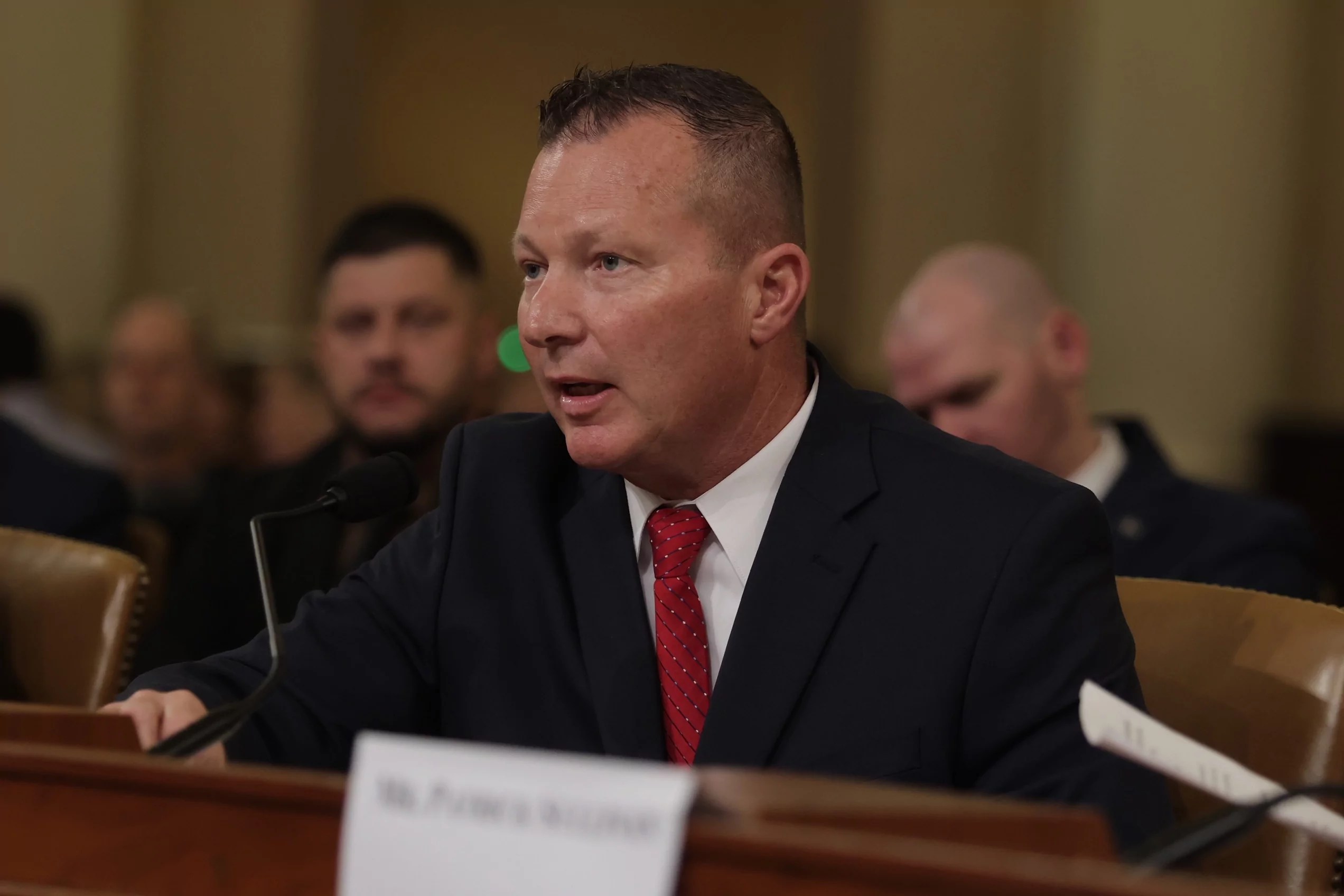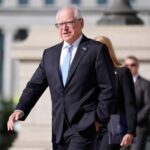
A House task force investigating the assassination attempts on former President Donald Trump held its first public hearing Thursday, during which local Pennsylvania officials placed blame for the incident in their state on the Secret Service.
Three state and local law enforcement officials involved with securing the Trump rally on July 13, when the first assassination attempt occurred, appeared as witnesses at the hearing and vouched for their performances that day.
They spoke about how, despite following instructions from the Secret Service to a tee, a gunman was still able to climb atop a nearby building and fire shots into the rally crowd.
Thomas Matthew Crooks, 20, was able to spend minutes on the roof of an American Glass Research building rooftop, roughly 200 yards away from where Trump was speaking, before taking eight shots. Crooks killed one and seriously injured two. Crooks narrowly missed Trump’s head and instead grazed the former president’s ear with a bullet.
Much of the scrutiny following the incident has been on the Secret Service, which admitted after a two-month internal review that it was the sole agency responsible for the failures that allowed the shooting to happen.
Testimonies on Thursday about the shooting, however, gave fresh local perspectives about what happened before, during, and after the rally.
‘At no point’ did Secret Service ask to secure AGR building
Sgt. Ed Lenz, who worked as the commander of Butler County’s tactical units during the rally, testified that the county was asked to provide substantial manpower for the event but was never asked to secure the area around or on top of the AGR International building.
The FBI found that Crooks climbed on an air conditioning unit against the building to access the roof of it, and no authorities were guarding the outside of the building or the roof to stop him.
“At no point during the planning process was Butler County [Emergency Services Unit] asked to secure the AGR complex, nor the perimeter surrounding that area,” Lenz said. “At no point during the planning process was Butler ESU asked to deploy a sniper team to the roof of the AGR complex, and at no point in our operations plan did we ever say we would deploy a sniper team to the roof of the AGR complex.”
Lenz added that there was a local law enforcement sniper inside the building who had no visibility of the building’s roof.
“And, again, that was not within their area of responsibility,” Lenz said.
Pennsylvania State Police Lt. John Herold testified that at the state level, Secret Service personnel also did not ask for security around the AGR building.

“The AGR building was never discussed” when state police performed their walk-through of the area with the Secret Service days ahead of the rally, Herold said.
The ninth bullet
Dr. Ariel Goldschmidt, an Allegheny County medical examiner who performed the autopsy of Crooks on July 14, testified that he died from a high-velocity gunshot wound to the head “with an entrance wound in the left upper lip.”
Lenz testified that one of the local Butler officers positioned behind Trump fired one round at Crooks when Crooks began firing shots. Lenz said the officer did this within six seconds of Crooks shooting, but only after Crooks had gotten off all eight of his shots. After the Butler officer fired his shot, a Secret Service countersniper on an opposite roof shot one round at Crooks, which is the bullet that struck and killed him, according to a Senate report released this week.
Rep. Clay Higgins (R-LA) raised a theory that Crooks could have died from a “combination of shot No. 9 and shot No. 10.”
“You don’t know where shot No. 9 went,” Higgins told Goldschmidt, suggesting that a second bullet could have gone through the same bullet wound found on Crooks’s lip.
The medical examiner responded that there was no evidence of that.
Democrats leave early
The task force comprises seven Republicans and six Democrats and has operated since its inception in a bipartisan manner, but that approach faltered at the end of the hearing.
Democrats left the hearing room once lawmakers finished questioning the witnesses — but before the hearing was complete.
The second phase of the hearing involved Reps. Eli Crane (R-AZ) and Cory Mills (R-FL), who are not on the task force, taking a seat in the witness chairs to give remarks to the panel. The pair spoke about their military backgrounds and unofficial roles investigating the Butler shooting.
CLICK HERE TO READ MORE FROM THE WASHINGTON EXAMINER
The Democrats told reporters they left because they had not planned for that phase of the hearing.
“Panel one was a very productive panel,” ranking member Jason Crow (D-CO) said. “It was focused on local law enforcement. We did not receive notice of the second panel until late yesterday. We didn’t have an opportunity to meet with our own witnesses, and it is unclear to us what testimony will be provided by these witnesses that relates to today’s hearing.”






